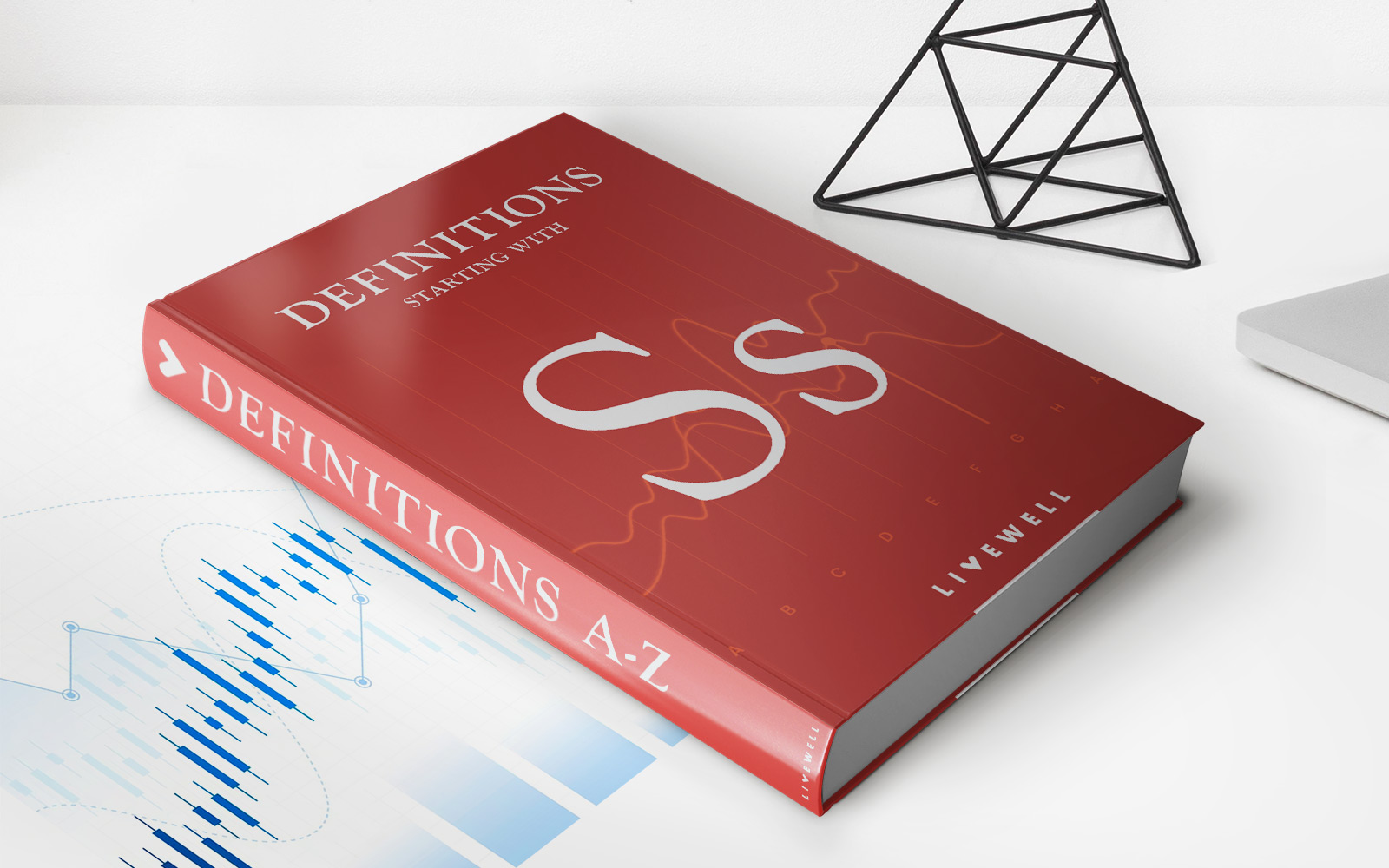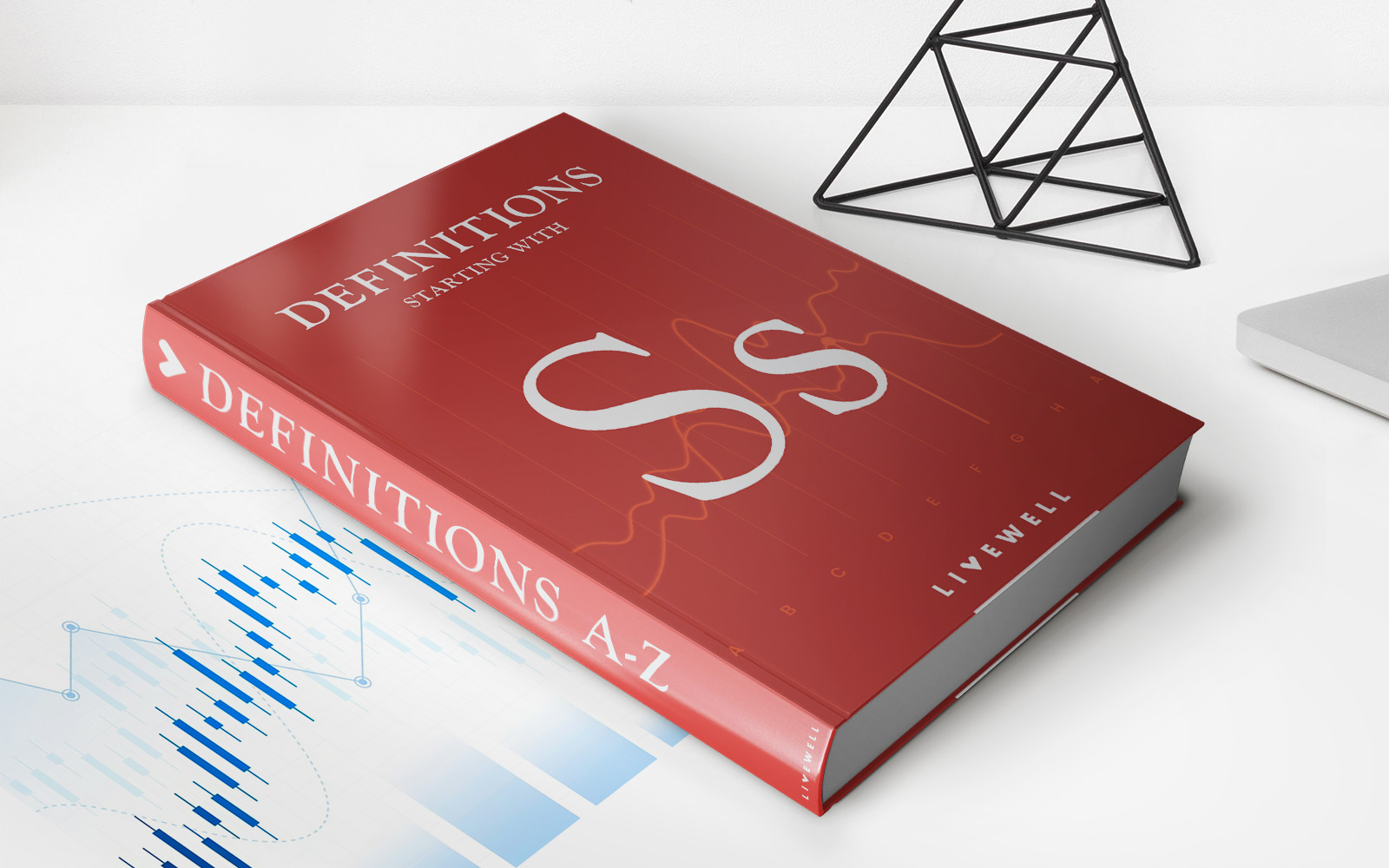Home>Finance>Swing Low: Definition, Example, Trading Strategies


Finance
Swing Low: Definition, Example, Trading Strategies
Published: February 5, 2024
Learn about swing low in finance, its definition, example, and trading strategies. Explore how this concept can be applied in the world of finance and investment.
(Many of the links in this article redirect to a specific reviewed product. Your purchase of these products through affiliate links helps to generate commission for LiveWell, at no extra cost. Learn more)
Swing Low: Definition, Example, Trading Strategies
When it comes to the world of finance, there are many terms and concepts that can seem overwhelming to newcomers. One such term is “swing low.” But fear not! In this blog post, we will break down the definition of swing low, provide an example of how it works, and discuss some trading strategies associated with it. By the end, you’ll have a solid understanding of this concept and be able to apply it to your own financial endeavors.
Key Takeaways:
- Swing low is a technical analysis term used in trading to describe a chart pattern where the price of an asset reaches a low point, followed by a higher low, and then moves upward.
- Identifying swing lows can help investors predict potential trend reversals and find attractive entry points for buying assets at a relatively low price.
What is Swing Low?
Swing low is a term commonly used in technical analysis to describe a specific chart pattern. It occurs when the price of an asset reaches a low point (a trough), followed by a higher low, and then starts moving upward again. The swing low pattern indicates a potential reversal in the price trend, as the asset may start to gain strength after reaching a bottom. It can be identified using various technical indicators, such as trendlines, moving averages, or oscillators, and is often used by traders to make informed decisions.
Example of Swing Low:
Let’s say you have been monitoring the price of a stock over the past few months. After a period of steady decline, the stock’s price reaches a low point at $50 per share. However, instead of continuing to plummet, the stock starts showing signs of a potential reversal. Over the next few weeks, the price gradually rises to $55 per share before experiencing a minor pullback. This pullback, often referred to as the swing low, sees the price drop to $53 per share before resuming its upward trend. This scenario illustrates a swing low pattern, as the stock’s price reached a low point, followed by a higher low, and then continued to move upward.
Trading Strategies Using Swing Low:
Now that we understand what swing low is and how it works, let’s explore some trading strategies that utilize this concept:
- Swing Low Confirmation: Traders can wait for a second or third swing low to confirm the reversal before entering a trade. By doing so, they aim to reduce the risk of false signals and increase the probability of a successful trade.
- Buying the Dip: Swing lows can present attractive opportunities for investors to buy assets at a relatively low price. Traders may set buy orders slightly above the swing low to take advantage of the potential price reversal and subsequent upward move.
- Stop Loss Placement: When using swing lows to identify potential entry points, it is essential to set stop-loss orders to mitigate risk. By placing a stop loss below the swing low, traders can protect their capital in case the price continues to decline.
By incorporating these strategies into your trading approach, swing lows can become a valuable tool for making informed investment decisions and potentially increasing your chances of success.
So, the next time you come across the term “swing low” in the world of finance, you’ll know exactly what it means. Remember, understanding and utilizing this concept can help you identify potential trend changes and find attractive entry points in your investment journey. Happy trading!














